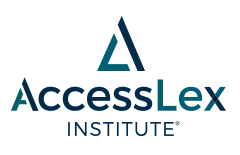
Grantee Research
Document Type
Journal Article
Publication Date
1-2017
Keywords
law school enrollment, education markets, LSAT score, predictive models, tuition
Abstract
The numbers are truly astonishing. Between 2011 and 2015, total enrollments in the 200- plus United States law schools whose data are regularly tracked by the American Bar Association (ABA) decreased by more than 20 percent. The total number of “missing students” was just shy of 30,000, an amount which translates into the total enrollments of 38 average-sized law schools—24 private not-for-profit and 14 public.
Almost equally astonishing, however, is the fact that so little actually changed. None of the 200-plus law schools that reported their enrollment data to the ABA closed. The 65-35 percentage split between private and public enrollments was maintained. While total net revenue from JD tuitions declined by more than $400 million dollars, or 13 percent, law school staffing levels also declined, but much less dramatically. There was some reduction in the market-prices some law schools charged (defined as average net tuition revenue per full-time JD student), but there were also increases particularly among top-tier law schools, many of which increased their total JD enrollments despite the overall contraction in the market.
Those variances in price suggest that there might be considerable complexity behind the enrollment contraction and the price behavior it engendered—a complexity largely masked in the summary reports detailing a significantly smaller market for law school admissions after 2011. Drawing on our previous work for two major law schools, and our modeling of the price behavior across the market for collegiate undergraduate admissions, we set out to develop a set of statistical models capable of predicting the market-prices U.S. law schools were able to charge in 2015. The data for this analysis came from the ABA via the Access Group’s Center for Research and Policy Analysis website—complete enrollment, admissions, program, and staffing data for 171 law schools.




